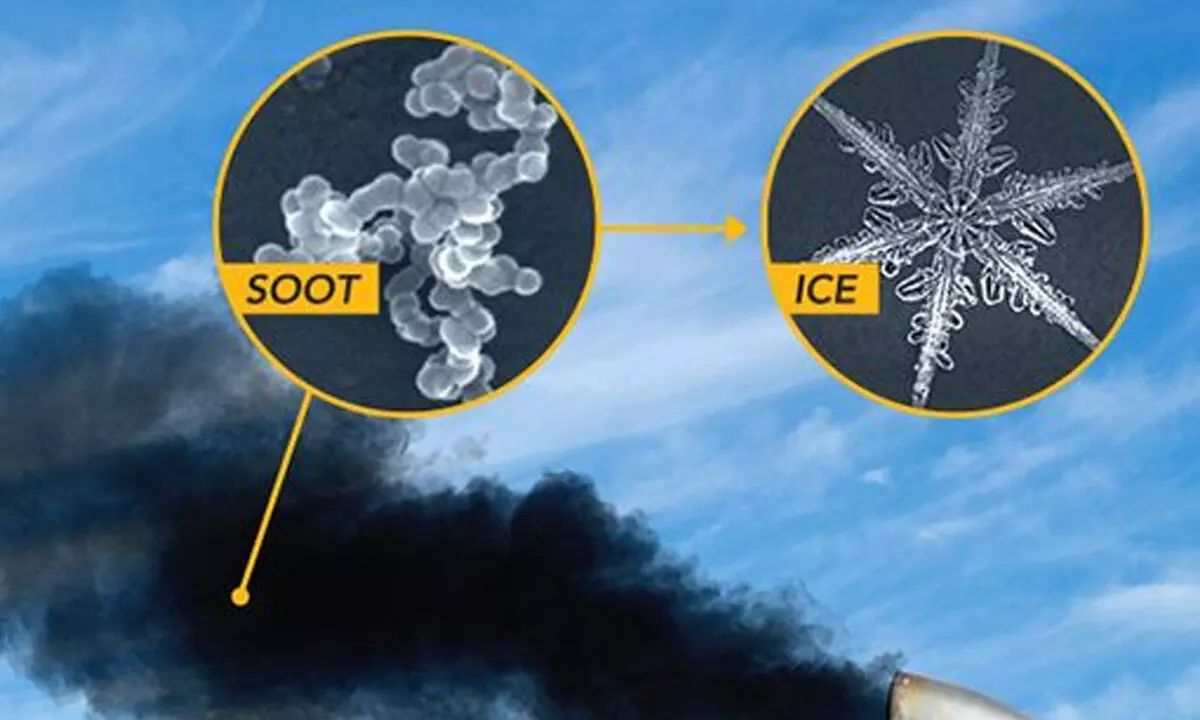Live
- Cadres are the foundation of party: AICC election observer
- "MLA Hafeez Khan: Development of Minorities Possible Only Under Jagan's Leadership"
- Satya Kumar Yadav accuses Jagan's government of cheating voters with false promises in manifesto"
- Several leaders from YCP join TDP in Gannavaram Constituency
- Raghurama Krishnam Raju criticizes Jaganmohan Reddy's manifesto as 'old wine in an old bottle
- Denduluru Villagers Leave YCP for TDP, Citing Neglect and Lack of Development
- Velampally Srinivasa Rao Alleges Bonda Uma's Votes Invalid, Demands Action by Election Commission
- Bookshelf
- YS Sharmila slams YSRCP govt. accuses of not establishing tribal university and medical college
- Ex-diplomat discovers Amritsar’s dark side while translating his grandfather’s book









